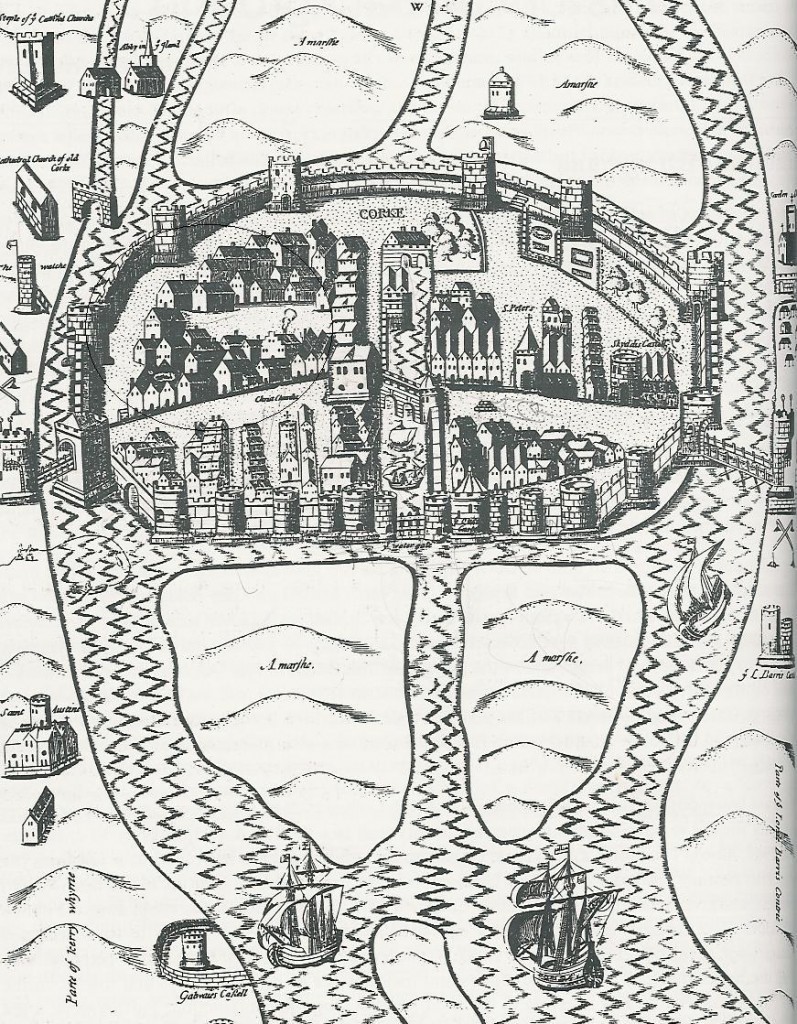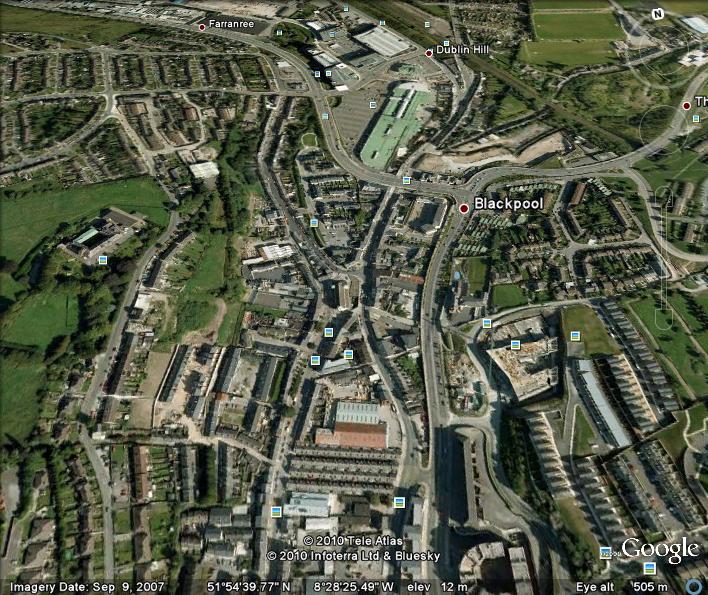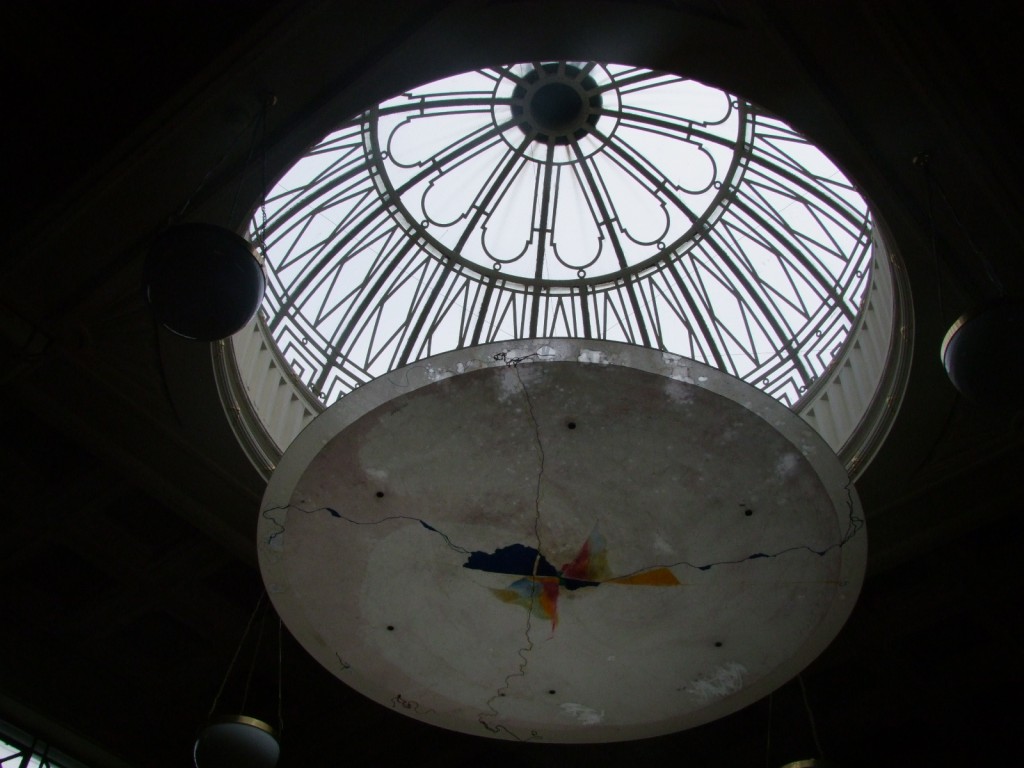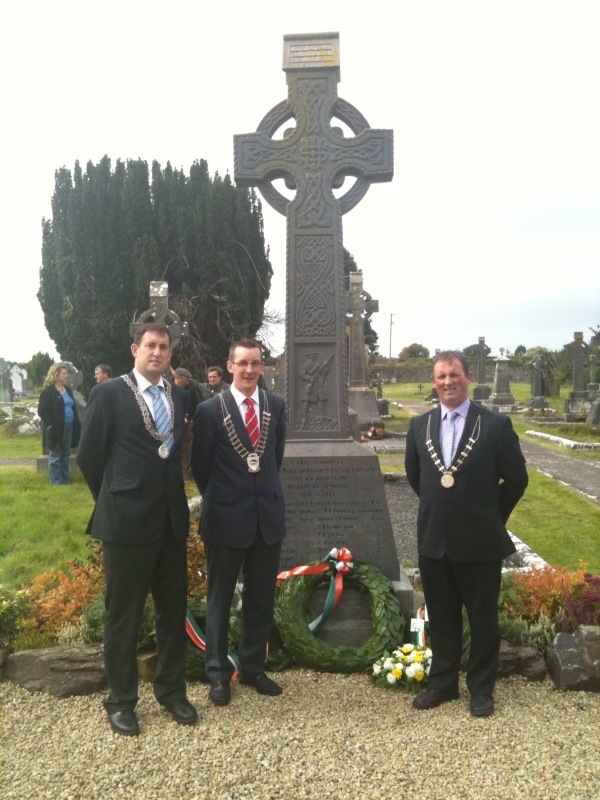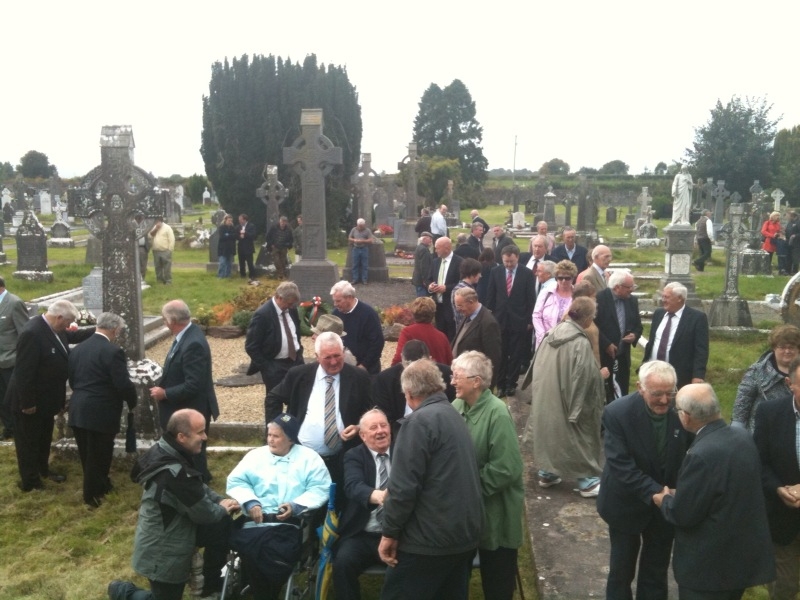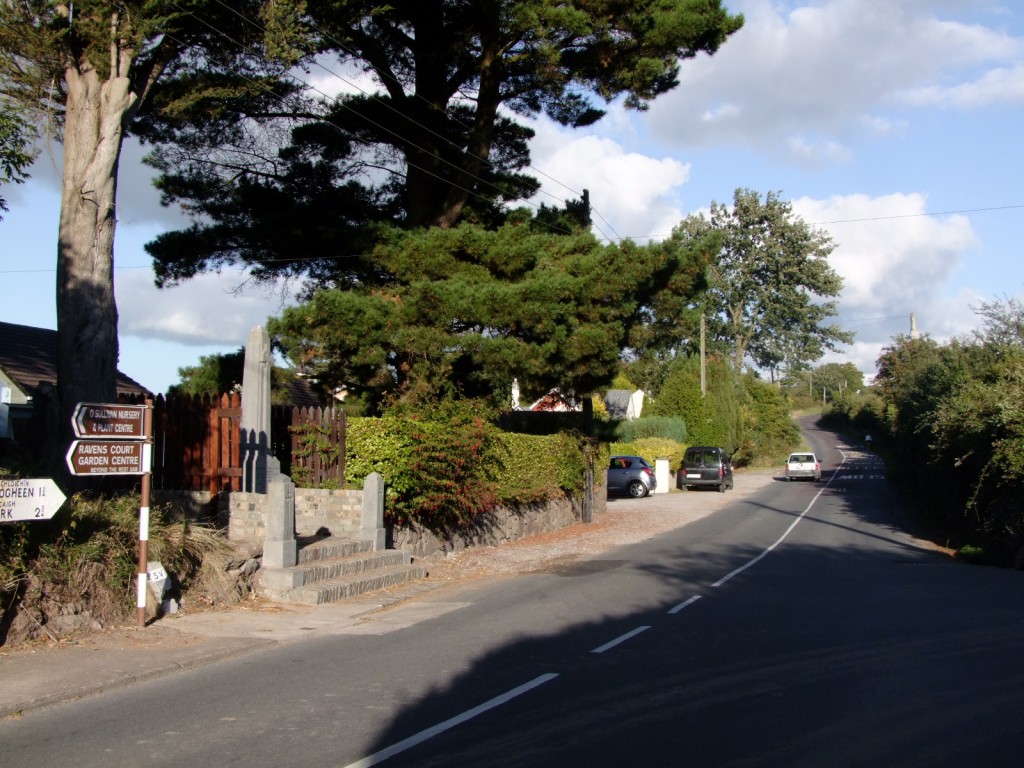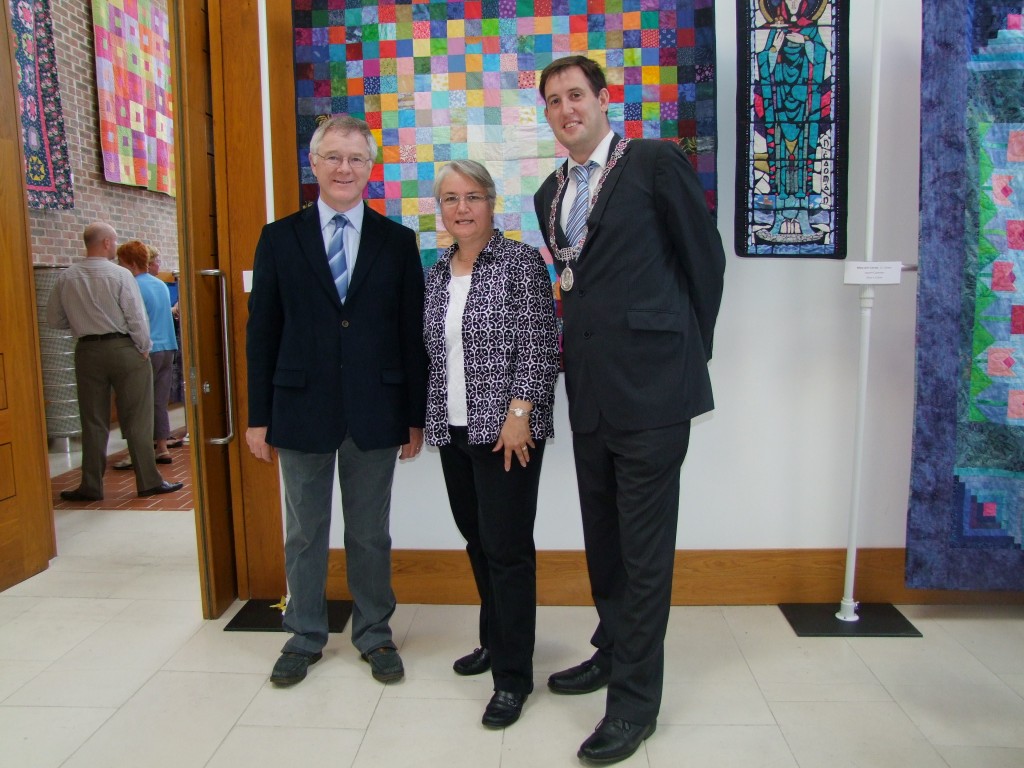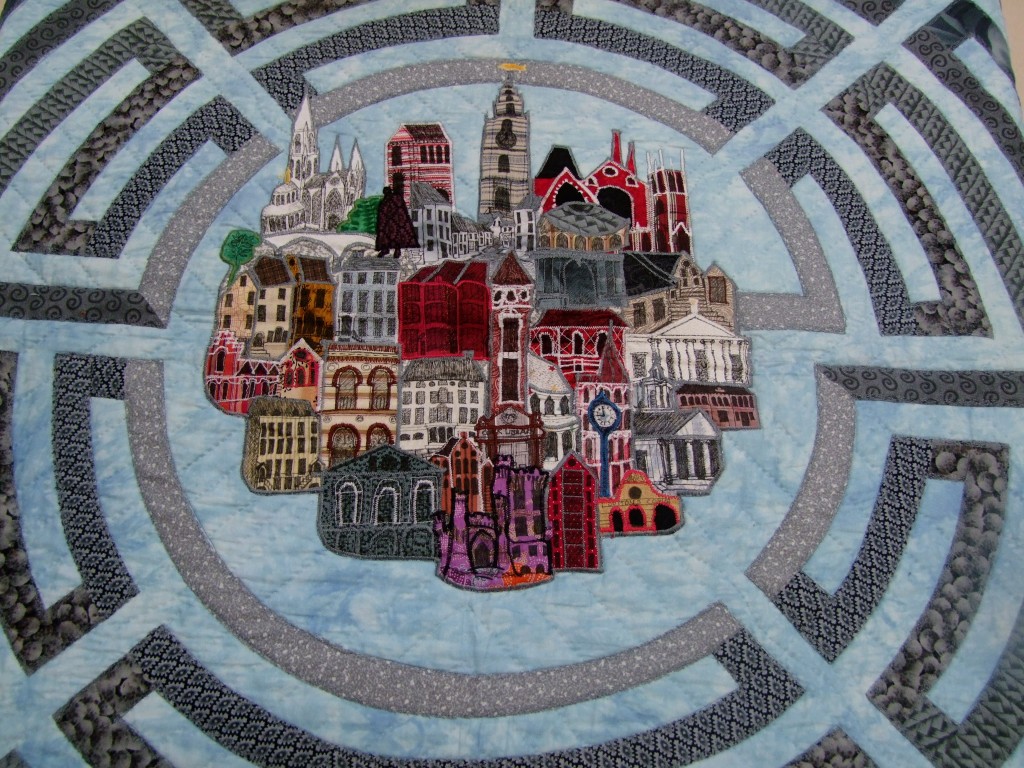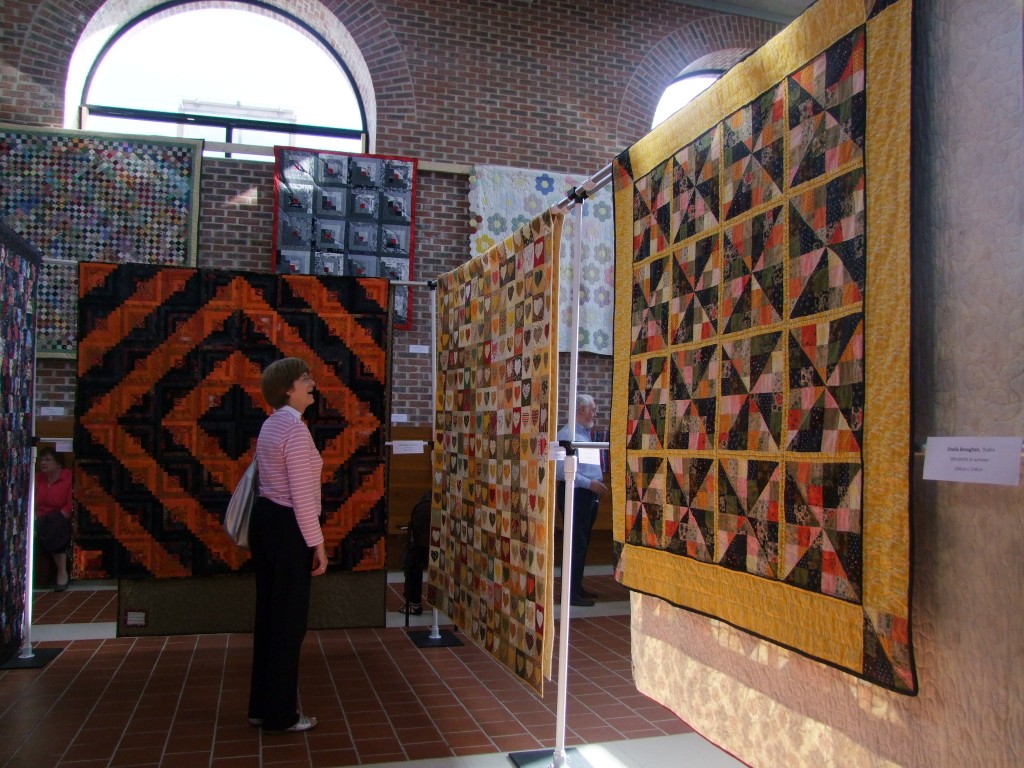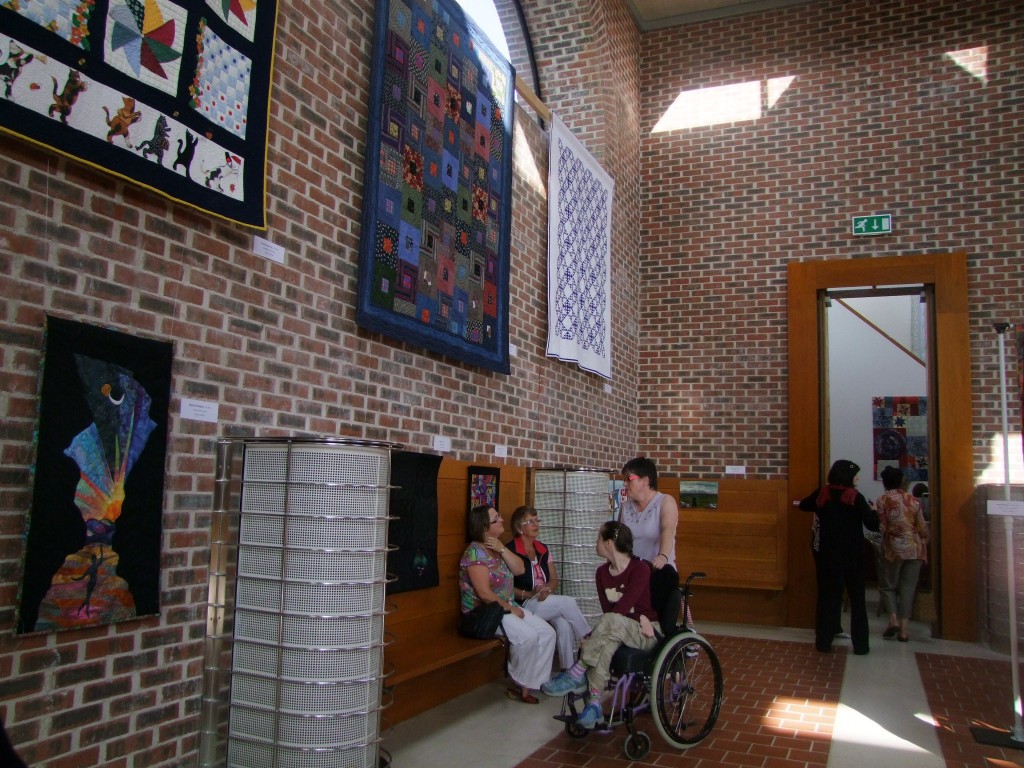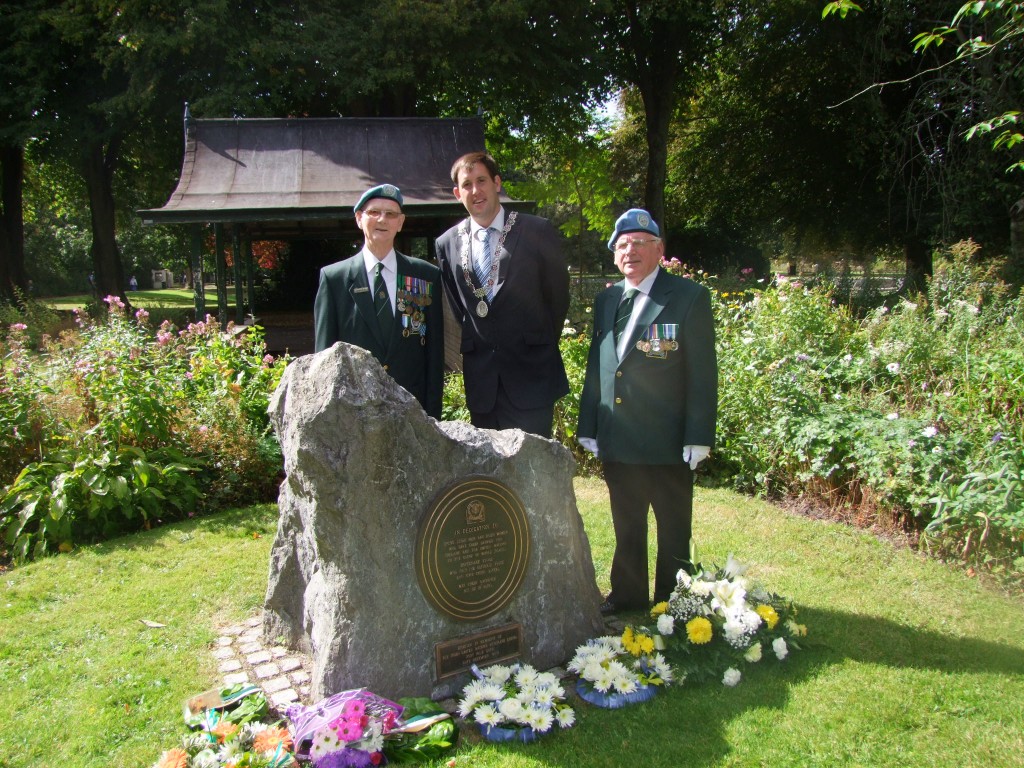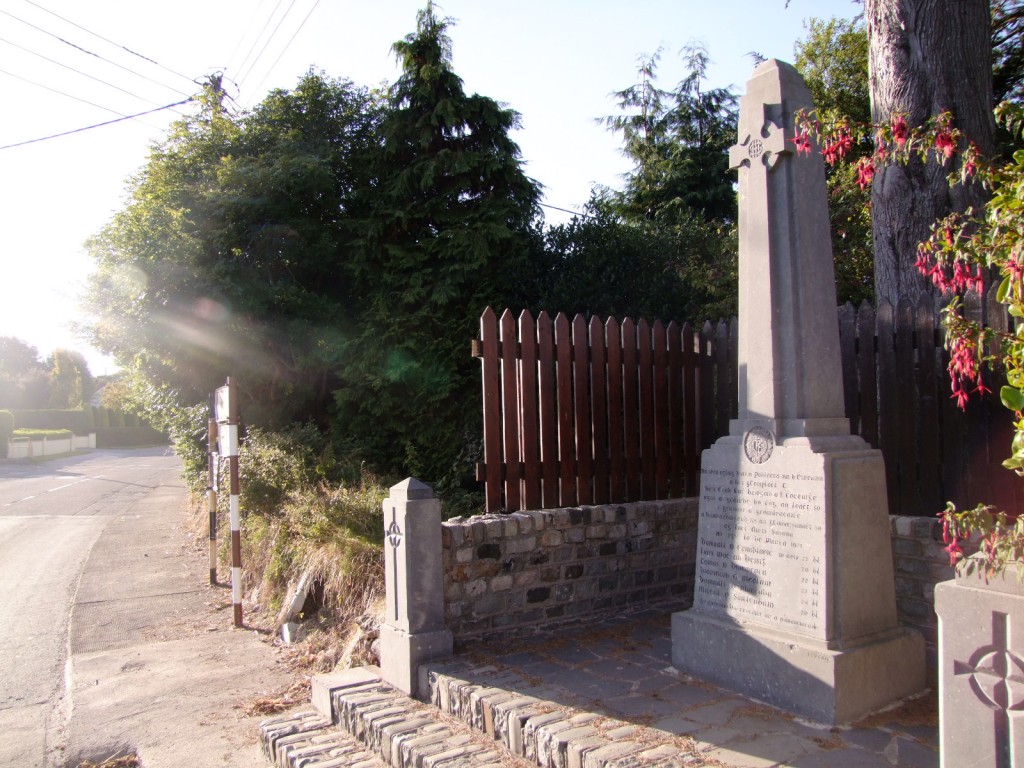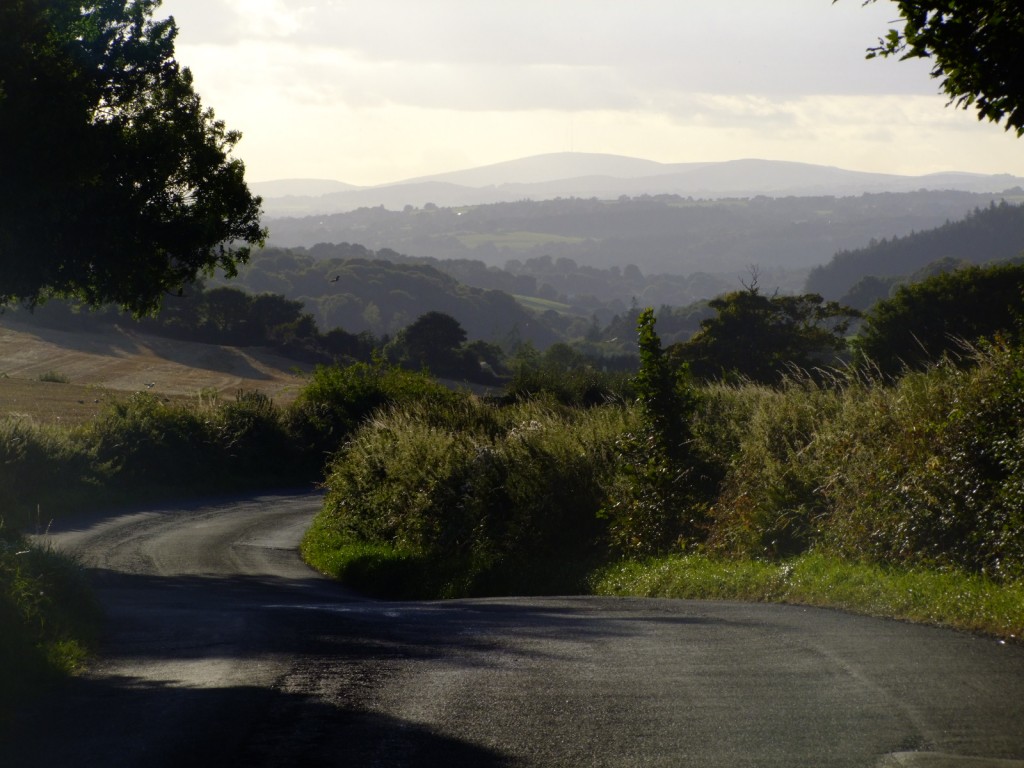Cork City Council Meeting, 13 September 2010
Kieran’s Comments
Re: The Redevelopment of Beamish & Crawford Site
Lord Mayor,
I’m very concerned about the development of the Beamish and Crawford site – this site has enormous cultural and tourism potential.
Way back in the early 1980s, this Council made the great decision to create Beamish Lucey Park – providing a space to showcase the city’s medieval past in terms of the incorporation of the foundations of the town wall and highlighting the city’s charter in 1185 through the sculptured eight swans on the fountain , sculptural pieces by Seamus Murphy were added in as well as the old Cornmarket Gates that once stood in the backyard of City Hall.
The Beamish & Crawford can be a similar cultural project. This is Where Cork Began.
Possibly this is where Dún Corcaighe, the Viking fort, which was attacked in 848 AD by an Irish chieftain, once stood. Recent excavations on the Grand Parade City Car park site revealed that the people living in the 1100s actually moved the river channel that ran through the site to allow for timber housing and to create the present south channel in the area.
In one pit dug by archaeologists they found a wooden quayside dating to 1160 and in another found the remains of four houses, each demolished to make way for the next one over the space of 50 years between 1100-1150 AD. This is a place of tradition, of continuity, change and legacy, of ambition and determination, engineering ingenuity, survival and experimentation.
I’m always very disappointed when such heritage is discovered and for the most part is covered over. It appears that the city’s civic history is dismissed more often than not. – for example Queen’s Castle, the tower shown in our Coat of Arms, was excavated and encased in concrete in 1996 and still lies under Castle Street;
You had the Crosses Green Apartment Complex, the remains of a Dominican Friary were discovered in 1993 but no remains were incorporated; the 60m of Town wall found in Kyrl’s Quay in 1993, 10 metres of which was kept and despite being a national monument is now a dumping ground under the ramp leading up into the car park.
I’m reminded at this juncture if you go to their places like Galway, they have successfully incorporated the remnants of their town wall into Eyre Square Shopping Centre, they have also incorporated their built heritage into Eyre Square.
There seems to be a sense to certain developers in this city that heritage is a hindrance – that we citizens want to live a place that looks the same as some other cities in the world.
I honestly believe we need a new framework for the harnessing of our built heritage – we need new ideas.
I feel that the heritage frameworks that have in place are not good enough for a city that has a European Capital of Culture and a Lonely Planet accolade under our belts.
All of us when we go on holidays go straight for cultural heritage centres. Despite having structures such as the Lifetime Lab or Blackrock Castle, there is no venue in the city centre that tells the story of Cork’s evolution, revealing the city’s sense of place.
We normally don’t even have Cork flags flying usually in the city centre. I would argue that Cork’s civicness, its memories and nostalgia are not celebrated within the landscape.
Cork is the only settlement in Ireland that has experienced every phase of urban growth. The Beamish & Crawford Site dates back at least 1200 years going through phases such as Viking settlement, Anglo Norman settlement and industrial growth.
This site provides an enormous opportunity to pull a focus back on South Main Street which also date back 1200 years but in our time is rotting away with filthy laneways and dereliction becoming prevalent in a matter of time.
The proper redevelopment of this site into a cultural tourism hub would also help in pulling focus on the new Christ Church development, Meitheal Mara river project and the South Parish Local Area Plan.
I wish to call on the Council to work closely with potential developers. I think with this site it is not good enough to have the attitude “we’ll see what the developer and its architects come up with”.
I welcome the call to open up the thinking on the potential site to the general public. Indeed, part of the new thinking would fit nicely into the aims of the City Council’s Heritage Plan, its new Parks strategy and the new Arts Strategy.
In an age of the recession, there’s an opportunity through the Beamish and Crawford site to foster our tourism and cultural sector which I feel has not been adequately opened up. There is an enormous cultural and economic opportunity to be missed if the development of this site is messed up.
For more on Cork’s heritage, check out my heritage website www.corkheritage.ie
